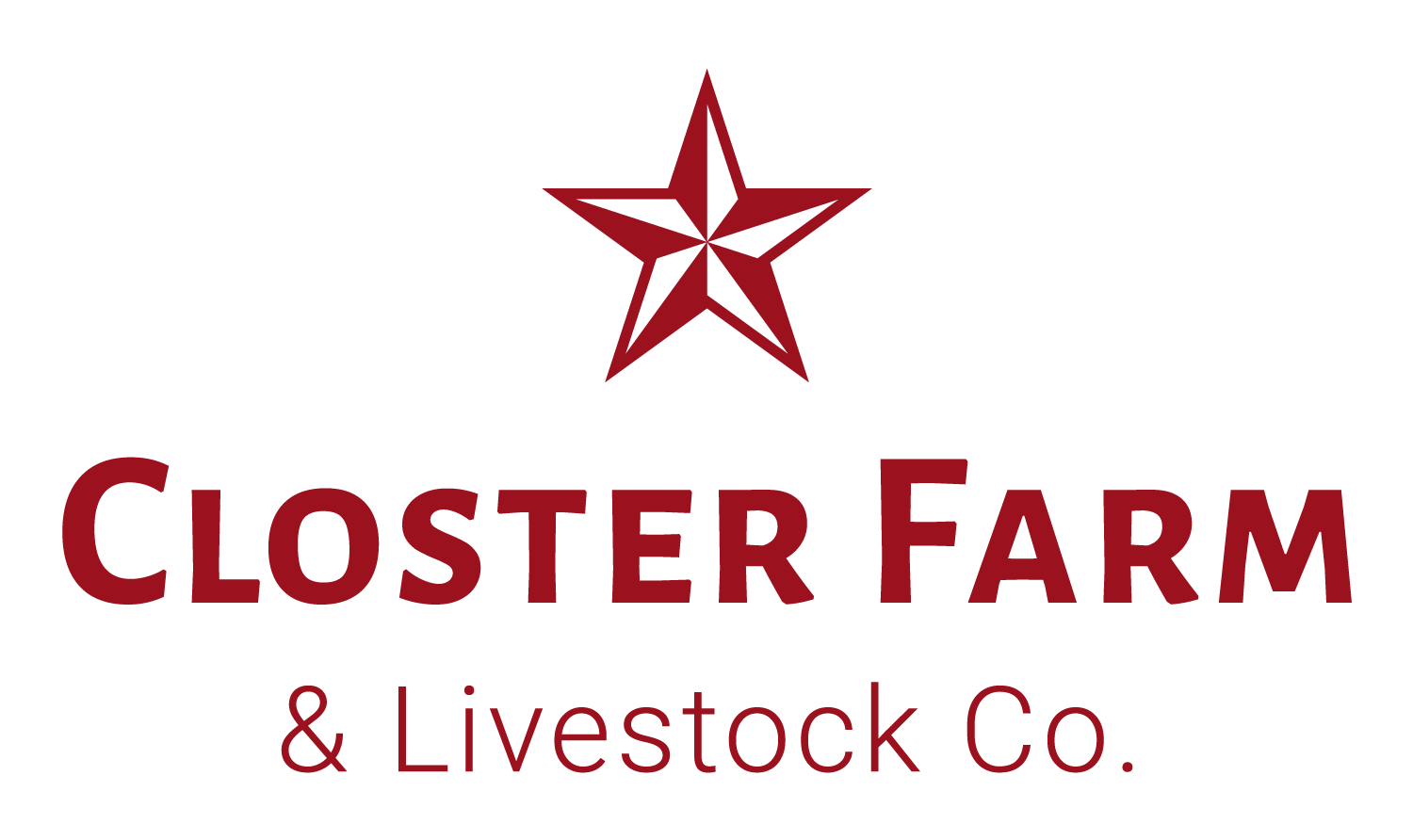Starting an small farm in 2020…
Was a lot more fun than it sounds.
Jon and I met through a listing service focused on connecting land owners and land seekers in order to help preserve farmland. This was in the Fall of 2019 when we were blissfully unaware of the looming catastrophe that was about to envelope the world.
We were likeminded that this small farm should shift to a more modern focus by doing the following:
Rebuild soil health and take the first year to establish a high level of control over the weeds to make the next 5 years that much easier.
Graze animals rotationally to benefit the soil, decrease pest pressure, and produce the highest quality meat.
Do all of this organically (at the time we disagreed about seeking certification which I will get to on another post).
Start slow, find out what our community wants from us, and deliver it to them.
Don’t get caught in the middle of the worst pandemic since 1918.
Our agreement on how, what, and when, made joining this partnership an easy decision for me, and we got going in late December of 2019. I moved to the farm in January 2020, and started getting ready to farm. And before March, we had really gotten going:
We moved 30 odd apple trees to accommodate our main growing space, designed and began constructing an amazing frost-free irrigation system, removed thousands of feet of black top for future growing space, cleared out and restored the barn into our wash/pack and storage area, began regenerating a decrepit pond in the back field to a gorgeous field of cover crop for our future chickens, planted nearly 150 new, native trees and perennials, and added hundreds of yards of compost to the fields.
Things got a bit trickier in March, but we worked with some amazing local businesses who safely and quickly helped us achieve our goals all through the thick of that crazy month.
Come Spring, we started on a small corner of what is now our main field. I planted sugar snap and winter peas, radishes, and arugula. But mostly we picked rocks. So many rocks.
So what was I referencing when I stated in the very first sentence that this whole process was fun?
Meeting you, our community.
Even though we were all masked up and unsure of how to interact in the COVID landscape, we got to market in late May and began building the most important part of this farm: our relationship to our customers. Masked conversations with Westwood and Piermont Farmers’ market regulars led to us fast tracking our on-farm market, incorporating honey and flowers into our 2021 product offerings, and led to our Farm Share program.
Jon and I knew from the outset that #4 on our list was going to be important, but we didn’t know how much our community would rally to us. And that is what made this past year so fun. All the people we got to meet and feed because of this project made 2020 a smashing success for us. Being masked up in the heat of summer, or in the midst of a deluge is not enjoyable, but it is made so much better when a community member discovered us for the first time, and you could see in their eyes that were relieved they didn’t need to travel 30 minutes to another Farmer’s market anymore nor did they have to subject themselves to craziness that was supermarkets in those early days.
This year, 2021, we’re doubling down on our community. The Farm Share, the many events we have in the works, the Discovery Garden, volunteering days, and this blog are meant to continue to deepen our relationship with this community that supported us through one of the worst years on record.
We cannot wait to get going!

